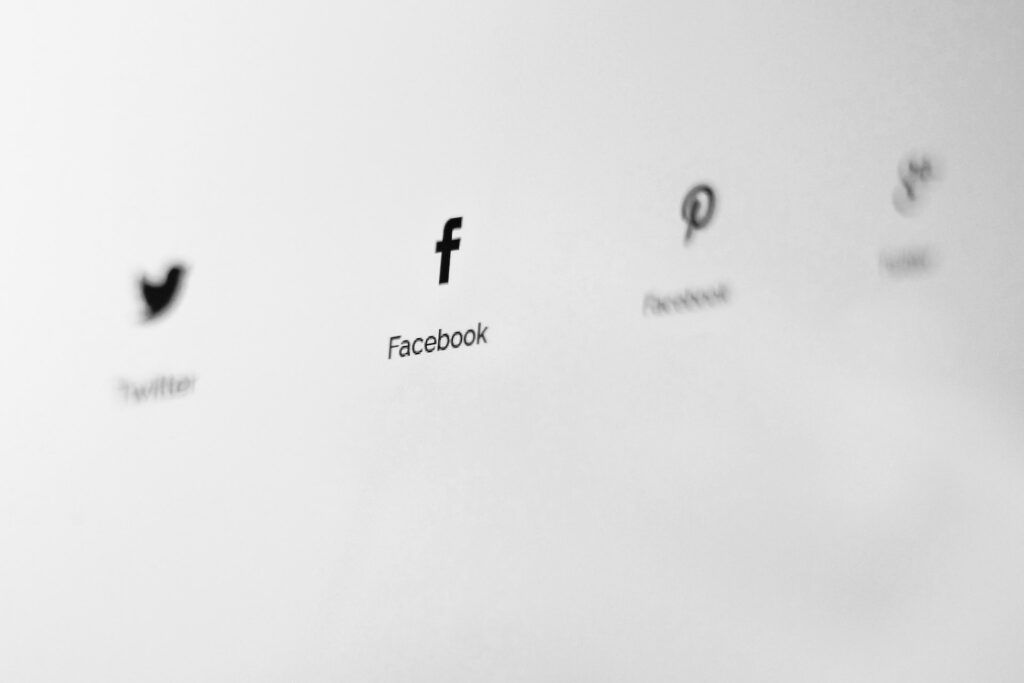In the past, traditional TV channels were the primary source of news for many people. However, with the rise of social media, that has changed dramatically. Today, more and more people are turning to social media to stay informed about the latest news and updates. In fact, a Pew Research Center survey found that 62% of US adults get news on social media, while only 49% get news from television.
There are several reasons why social media has become the go-to source for breaking news and updates. One of the biggest reasons is the immediacy of social media. News can spread quickly on social media, thanks to the real-time nature of platforms like Twitter and Facebook. This means that people can find out about breaking news as soon as it happens, rather than having to wait for the evening news.
Another reason why social media has become such a popular source of news is the diversity of perspectives and sources available. Social media platforms like Twitter and Facebook allow anyone to share news and updates, which means that there is a wide range of perspectives and voices available. This is in contrast to traditional TV news, which is often filtered through a small number of large corporations.
Additionally, social media also allows users to curate their own news feed, creating a personalized experience, people can follow the accounts or pages that align with their own interests, and filter out what they don’t want to see. This means that people can find news that is relevant and interesting to them, rather than being bombarded with news that they don’t care about.
However, social media also has some downsides when it comes to news. One of the biggest issues is the spread of misinformation. Because anyone can share news and updates on social media, it’s easy for false information to spread quickly and be taken as fact. Additionally, social media companies have struggled to effectively address the spread of misinformation on their platforms, although they have made some progress, they still have a long way to go in terms of providing accurate and reliable news.
Another downside of social media news is the lack of oversight. Traditional TV news is regulated by oversight organizations such as the Federal Communications Commission (FCC), ensuring that the news is fact-checked and accurate. Social media, on the other hand, has no such oversight, which can lead to the spread of false information.
In conclusion, social media has become a major player in the news landscape, displacing traditional TV channels as the primary source of news for many people. While social media offers many benefits, such as immediacy and a diverse range of perspectives, it also has its downsides, such as the spread of misinformation and lack of oversight. It’s important to be aware of these downsides and to be critical of the news that we see on social media.
Stay tuned for more updates on how social media is impacting the news industry.
